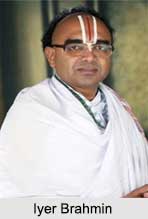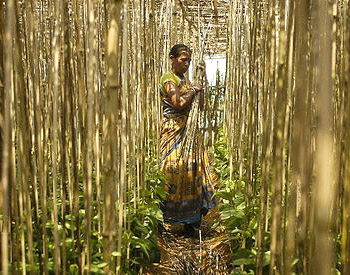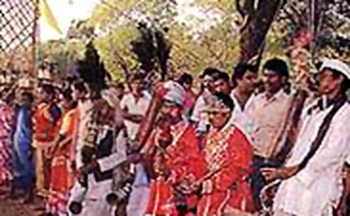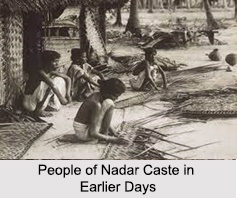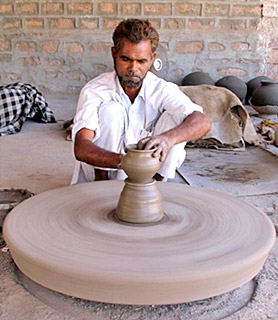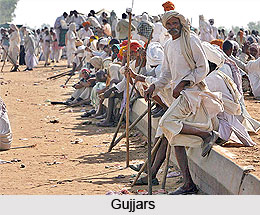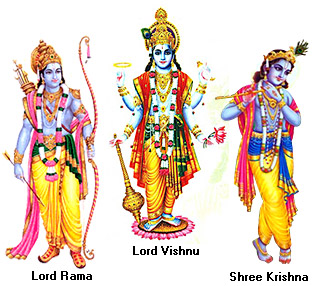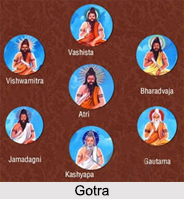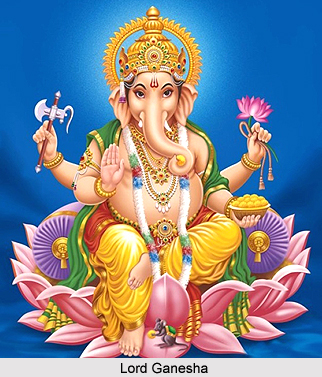 The Puranas and other Hindu religious texts describe about the different forms of Lord Ganesha in the four yugas namely Satya Yuga (Krita Yuga), Treta Yuga, Dwapara Yuga and Kali Yuga. The four incarnations of the Lord in the different yugas or epochs are mentioned in the Krida Khanda of the Ganesha Purana which is entirely devoted to Lord Ganesha.
The Puranas and other Hindu religious texts describe about the different forms of Lord Ganesha in the four yugas namely Satya Yuga (Krita Yuga), Treta Yuga, Dwapara Yuga and Kali Yuga. The four incarnations of the Lord in the different yugas or epochs are mentioned in the Krida Khanda of the Ganesha Purana which is entirely devoted to Lord Ganesha.
The forms of Lord Ganesha in the Four Yugas are discussed as follows-
Lord Ganesha in Satya Yuga
In the Satya Yuga or Krita Yuga Lord Ganesha took the form of Mahotkata Vinayaka. He was born as the son of Kashyapa and Aditi to eliminate the demons Narantaka and Devantaka. The deity had ten arms and mounted over a divine lion.
Lord Ganesha in Treta Yuga
Ganesha was incarnated as Mayuresvara in the Treta Yuga. In this era, He was born as the son of Lord Shiva and Goddess Parvati. The Hindu god had six arms and mounted over a peacock who served as His Vahana. In this incarnation, Ganesha killed the demon Sindhu.
Lord Ganesha in Dwapara Yuga
In this era, the elephant-headed Lord is incarnated as Gajanana, the son of Varenya. He has four arms and red complexion. He was born to annihilate the demon Sindura. The divine mouse Krauncha served as His mouse in this yuga.
Lord Ganesha in Kali Yuga
In the Kali Yuga Ganesha adopts the Dhumraketu form. He has grey complexion and 2 arms. He has a blue horse as his mount or vahan. The deity will slaughter several demons in this epoch.
This article is a stub. You may enrich it by adding more information to it. You can send your write-up at content@indianetzone.com










